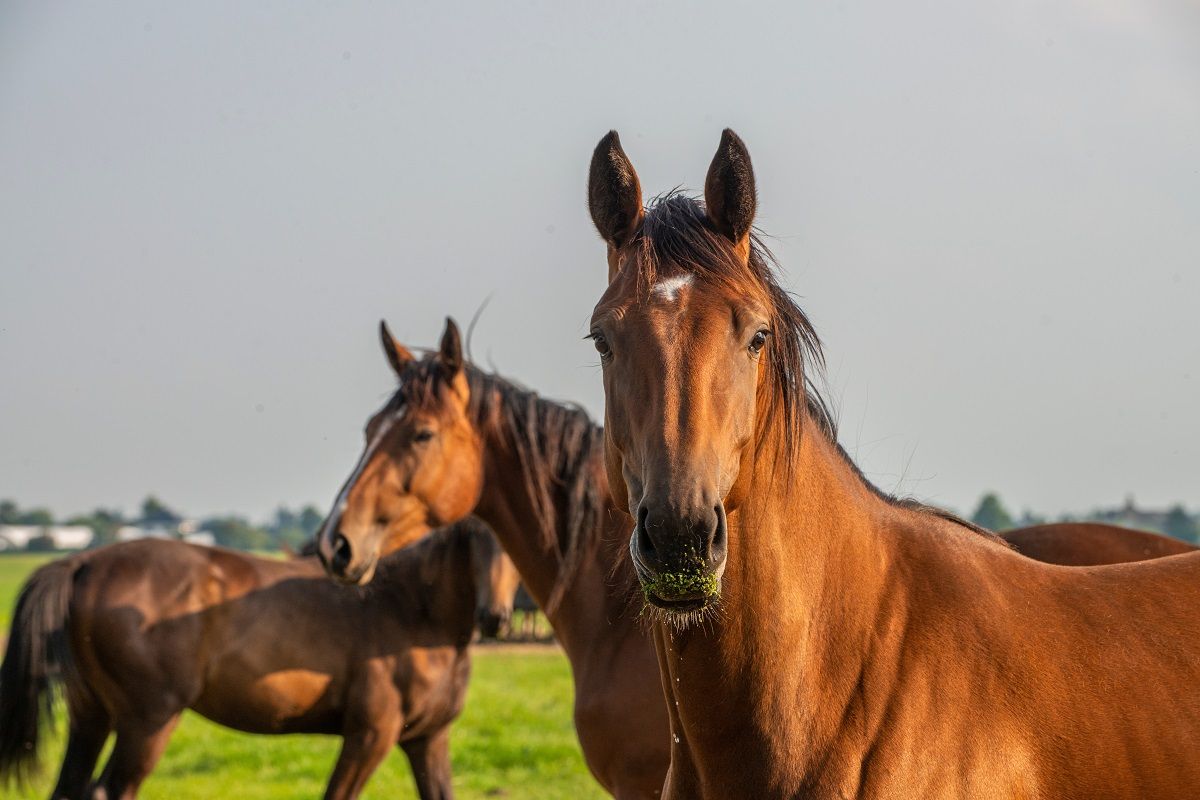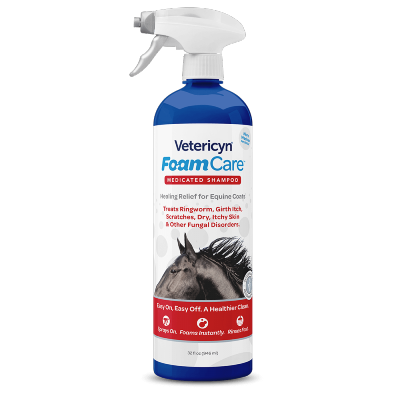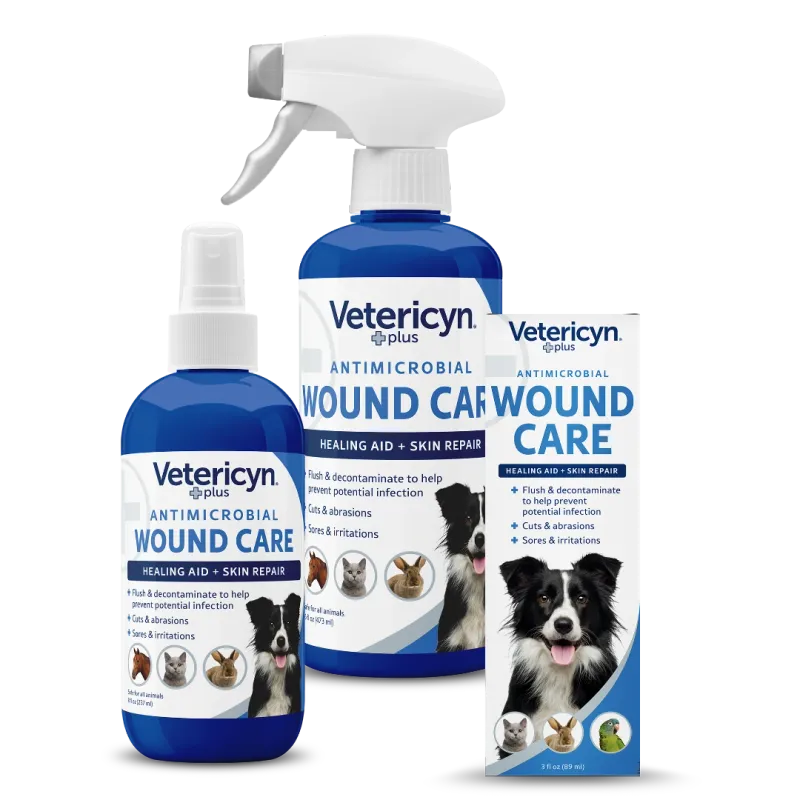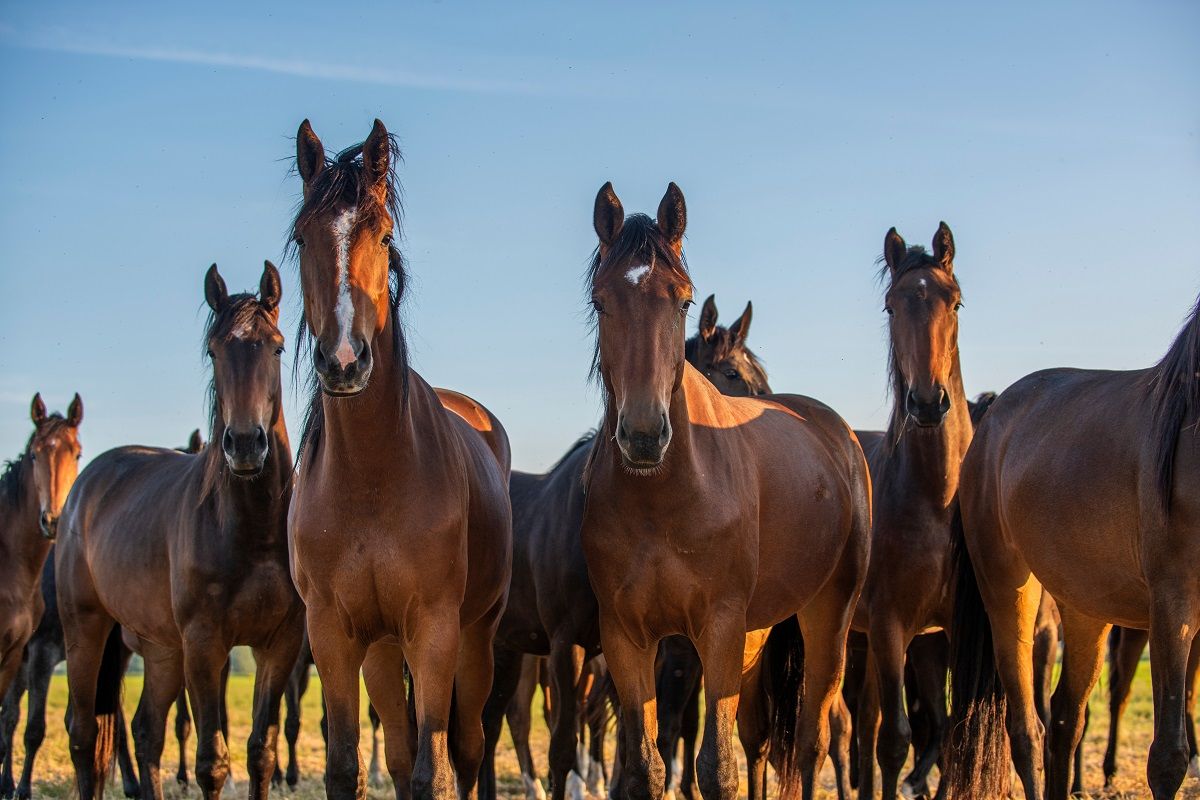Powered by Bestia Europe B.V.
Sarcoids in Horses: What Owners Need to Know
Almost every horse owner will eventually encounter sarcoids, the most common skin tumours found in horses. Sarcoids account for nearly 40% of all equine skin cancers¹. Persistent, locally invasive, and notoriously difficult to manage, sarcoids pose a continuous challenge for both horse owners and veterinarians.
Many owners initially confuse sarcoids with proud flesh (exuberant granulation tissue). Properly identifying, treating, and preventing sarcoids is vital for the welfare of your horse.
What Causes Equine Sarcoids?
Sarcoids are primarily caused by the bovine papillomavirus (BPV). However, not every horse exposed to this virus will develop sarcoids—only genetically susceptible horses are at increased risk².
Once the virus integrates into the horse’s skin cell DNA, permanent changes occur, making sarcoids extremely prone to recurrence even after successful treatment³.
Are Sarcoids Contagious?
This is a frequently asked question among horse owners and continues to be debated within the veterinary community. Currently, there’s no definitive scientific evidence proving direct horse-to-horse transmission. However, there’s a growing suspicion that flies may spread the virus, as viral material has been detected on them.
Due to these uncertainties, many equestrian facilities hesitate to accept horses with visible sarcoids, fearing potential transmission⁴.
Types of Equine Sarcoids
There are six different types of sarcoids, each with distinct characteristics and management strategies:
1. Verrucose Sarcoids
- Wart-like, dry, scaly growths
- Generally superficial but can penetrate deeper
- Slow-growing and often multiple lesions present
2. Occult Sarcoids
- Flat, hairless areas with grey, scaly skin
- Often confused with ringworm
- Typically found on the face, neck, and inner thighs
3. Nodular Sarcoids
- Firm, round lumps under thin skin
- Moderate growth rate, can become aggressive
- Unpredictable behaviour
4. Fibroblastic Sarcoids
- Often develop around wounds
- Fast-growing, ulcerated, and prone to bleeding
- Frequently mistaken for proud flesh
5. Mixed Sarcoids
- Combination of different sarcoid types
- Treatment is challenging due to varied features
6. Malevolent Sarcoids
- Most aggressive but fortunately rare
- Rapidly spread through skin and lymphatic vessels
- Very difficult to manage with poor prognosis

Where Do Sarcoids Appear?
Sarcoids can appear anywhere on the horse’s body, but the most common locations include:
- Chest and abdomen
- Head (especially ears, eyes, and muzzle)
- Genital region and groin
How to Recognise Sarcoids on Your Horse
Initially, sarcoids can be subtle and easily overlooked. Look out for:
- Unusual lumps or bumps
- Hairless, flaky patches of skin
- Swellings or thickened tissue around poorly healing wounds
If you suspect your horse has sarcoids, have your veterinarian examine them as soon as possible. Diagnosis typically occurs visually, but biopsies or fine-needle aspirations may be performed to confirm the condition⁵.
Risk Factors for Developing Sarcoids
Besides exposure to BPV, several factors increase the risk of developing sarcoids:
- Genetic predisposition (certain bloodlines show higher prevalence)
- Age (particularly horses aged 3-6 years)
- Skin trauma (open wounds provide virus entry points)
- Environment (high fly populations and poor hygiene conditions)
Treatment Options for Sarcoids
Treatment methods vary depending on the sarcoid type, location, and severity. Commonly used treatments include:
Medical Treatment
- Immune stimulation: Bacillus Calmette-Guérin (BCG) injections, chemotherapy, or topical bloodroot ointments⁶.
Surgical Removal
- Surgical excision, often combined with cryotherapy or laser treatment to minimise recurrence⁷.
Ligation
- Tying off the tumour; effective for some smaller sarcoids but risk of recurrence is high.
Electrochemotherapy (ECT)
- Injecting chemotherapy combined with electric pulses to enhance effectiveness.
Topical Treatment
- Specially formulated equine wound-care products can help manage smaller, superficial lesions.
Radiation Therapy
- Highly effective but expensive and only available at specialised centres⁸.
Laser Therapy
- Modern, minimally invasive treatment performed under standing sedation. Increasingly popular due to reduced recurrence rates.
The Importance of Aftercare and Prevention
Regardless of the treatment chosen, consistent and appropriate aftercare is crucial. Discontinuing treatment prematurely increases recurrence risk, often resulting in a more aggressive tumour.
Effective wound care following treatment, potentially supported by equine care products such as those from Vetericyn, greatly aids the healing process and improves your horse’s overall quality of life.
Frequently Asked Questions (FAQ)
What are sarcoids in horses?
Sarcoids are common equine skin tumours caused by bovine papillomavirus.
How are sarcoids treated in horses?
Treatment may include surgery, chemotherapy, laser therapy, or immune therapy, depending on the type and severity.
Are sarcoids contagious?
Direct horse-to-horse transmission is not proven, but transmission via flies is suspected.
What’s the difference between sarcoids and proud flesh?
Proud flesh results from excessive wound healing, while sarcoids are virus-induced tumours.
How can I identify sarcoids on my horse?
Watch for lumps, bald patches, and non-healing wounds. Always consult your veterinarian if unsure.
References:
¹ Royal Veterinary College, Sarcoids:
https://www.rvc.ac.uk/equine-vet/information-and-a...
² Chambers, G. et al., Journal of General Virology (2003):
https://www.microbiologyresearch.org/content/journ...
³ Cornell University College of Veterinary Medicine, Genetic Studies of Equine Sarcoids:
https://www.vet.cornell.edu/departments-centers-an...
⁴ Knottenbelt, Derek C., University of Liverpool:
https://www.liverpool.ac.uk/media/livacuk/equine/e...
⁵ MSD Veterinary Manual, Equine Sarcoids:
https://www.msdvetmanual.com/integumentary-system/...
⁶ Otten, N. et al., Veterinary Record (1988):
https://pubmed.ncbi.nlm.nih.gov/3215172/
⁷ Surgical Management of Sarcoids, UK Vet Equine:
https://www.ukvetequine.com/content/clinical/surgi...
⁸ Bogaert, D. et al., Equine Veterinary Education (2020):
Refine by

Vetericyn FoamCare Equine First Aid Shampoo
Vetericyn FoamCare Equine First Aid Shampoo
Hypoallergenic - Helps heal dry, itchy skin - Treats ringworm, girth itch, fungal disorders
€27,23

Vetericyn Plus All Animal Wound and Skin Care
Vetericyn Plus All Animal Wound and Skin Care
Jump-starts the natural recovery process. Advanced cleaner. Works effectively on localized itching.
€12,36
Display prices in:EUR

